New device rapidly identifies worms with mutations
A new tool can sort through a population of mutant nematodes and identify those with altered neuronal connections, according to a study published 19 August in Nature Methods.
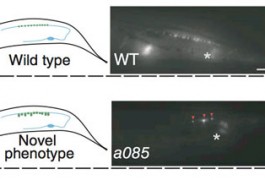
A new tool can sort through a population of mutant nematodes and identify those with altered neuronal connections, according to a study published 19 August in Nature Methods.
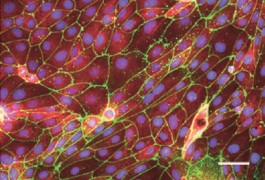
Using a two-step process to reprogram human stem cells, researchers have recreated the barrier that protects the brain from toxic molecules, according to a study published 24 June in Nature Biotechnology.
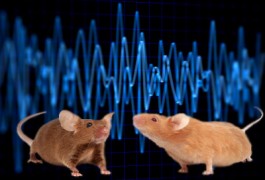
Radio sensors that track multiple frequencies from devices implanted into mice allow researchers to track the animals’ social behavior, according to a report published 12 June in the Journal of Neuroscience Methods.
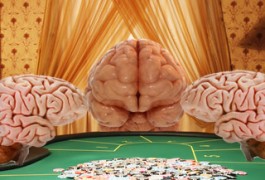
Studying how and when people bluff during a poker game could help us understand how people make social decisions, according to an article in Science. The same approach could also be used to study social deficits in autism.
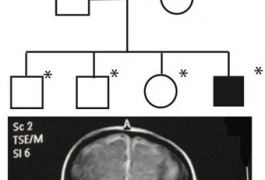
By sequencing the protein-coding region of the genome of a single affected family member, researchers were able to diagnose 20 percent of people in 85 consanguineous families with unknown neurodevelopmental disorders, according to research published 13 June in Science Translational Medicine.
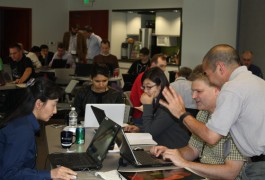
The Allen Institute convened a five-day ‘hackathon’ to create new tools that take advantage of the petabytes of brain mapping data in the institute’s massive databases.

Rare variants make up the vast majority of human genetic variation, according to two independent papers published in May in Science. That means that genetic studies of complex diseases such as autism are likely to require tens of thousands of participants.
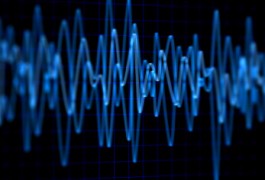
The heat produced by radio waves can interact with metallic nanoparticles bound to temperature-sensitive ion channels in cells, allowing researchers to remotely alter gene expression in live animals, according to a study published 4 May in Science. The technique could also be used to activate neuronal signals by manipulating calcium influx into neurons, the researchers say.
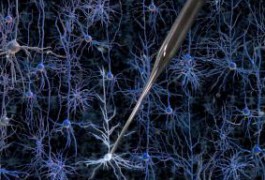
A robot can replace researchers in performing a painstaking technique that records neuronal signals in live animal brains, according to a study published 6 May in Nature Methods.
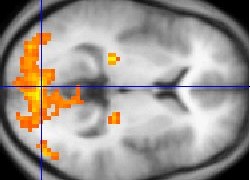
Combining functional magnetic resonance imaging of rat brains with a technique that uses light to detect neuronal activity can help researchers hone in on the source of the activity, according to a study published 6 May in Nature Methods.